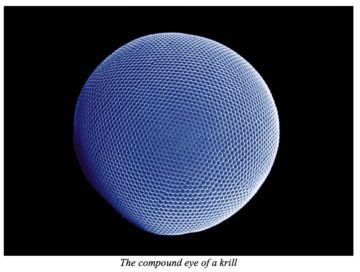Justin E. H. Smith in his Substack newsletter, The Hinternet:
 One of the last flashes of creativity I saw before I deactivated my Twitter account (more on that below, and on its significance for this Substack project), was a question launched by another user (whom I can’t locate now, without Twitter, but to whom I say “thanks”). “Are there,” this user asked, “more eyes or legs in the world?”
One of the last flashes of creativity I saw before I deactivated my Twitter account (more on that below, and on its significance for this Substack project), was a question launched by another user (whom I can’t locate now, without Twitter, but to whom I say “thanks”). “Are there,” this user asked, “more eyes or legs in the world?”
To be honest I’ve been thinking about little else for the past few weeks since I encountered this “prompt” (as American undergraduates now say, I’ve learned, of what I still call “paper topics”). Nor is this only the burrowing and obsessing of a curiosity that does not know when to quit. As I am about to show you, I think this question has profound implications for our understanding of certain fundamental matters at the heart of our ongoing debates about scientific realism. In particular, while I’m still on the fence about eyes, I don’t think legs, strictly speaking, exist, and I think the non-existence of legs offers an instructive illustration of the limits of the “manifest image” of the world. Moreover, I think this difference has vast consequences for our understanding of certain prejudices that run throughout the history of philosophy. For example, it becomes clear why René Descartes’s “I think, therefore I am” sounds like a serious and laudable stab at explaining the nature of our existence, while Thomas Hobbes’s retort, “Why not: ‘I walk, therefore I am’?” sounds like facetious trouble-making.
In a Hobbesian spirit, then, let us make some trouble.
More here.
